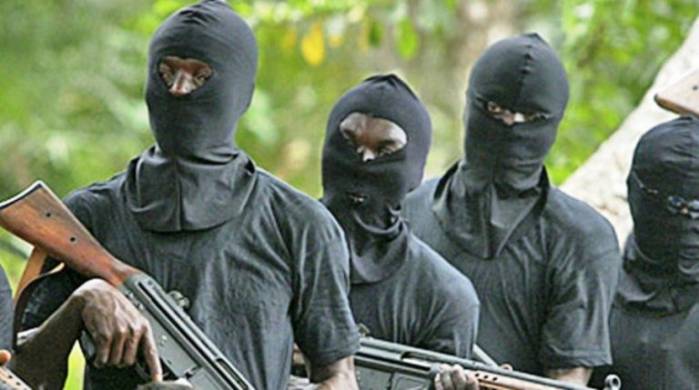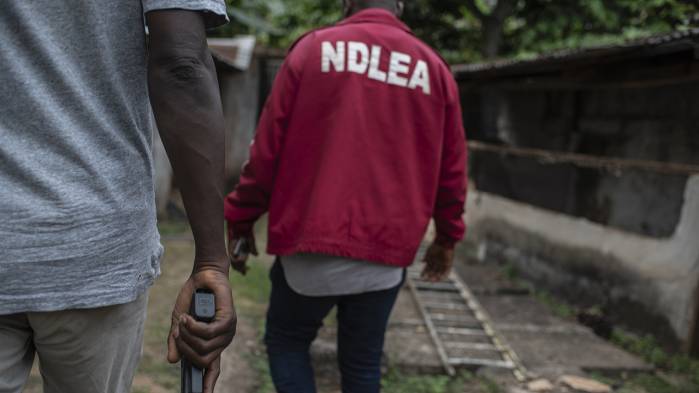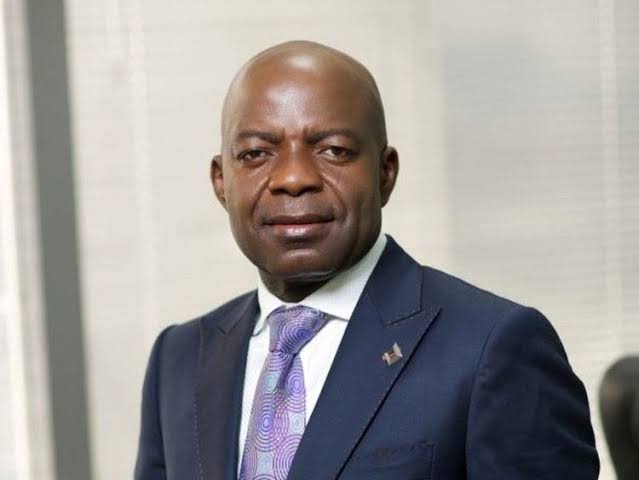New satellite images show North Korea has made rapid improvements to the infrastructure at its Yongbyon Nuclear Scientific Research Center – a facility used to produce weapons – according to an analysis published by 38 North, a prominent North Korea monitoring group.
Captured on June 21, the photos reveal modifications to the site’s plutonium production reactor and the construction of several support facilities – long-planned upgrades that were already underway before North Korean leader Kim Jong Un and US President Donald Trump met in Singapore earlier this month.
When contacted by CNN about 38 North’s analysis, the Unification Ministry said they “cannot confirm the report” and are “watching it closely.”
The report states that “continued work at the Yongbyon facility should not be seen as having any relationship to North Korea’s pledge to denuclearize,” but the photos suggest that Pyongyang continues to proceed with business as usual when it comes to maintaining its nuclear sites following the summit.
“No change is actually a pretty significant story… this is still an active site producing plutonium for North Korea,” according to Jeffrey Lewis, a professor at the Middlebury Institute of International Studies.
The images stand in stark contrast to Trump’s recent declaration that the North Korean regime no longer poses a nuclear threat, even though the meeting produced no verifiable proof that North Korea will discontinue its nuclear programme.
Secretary of State, Mike Pompeo, said Wednesday that North Korea remained a nuclear threat, but defended Trump’s previous comment.
“I’m confident what he intended there was we did reduce the threat,” said Pompeo. “I don’t think there’s any doubt about that. We took the tension level down.”
“I think his point was a fair one,” he added. “For the moment, we have reduced risk.”
But Trump has repeatedly mischaracterised the nature of his deal with Kim, insisting last week that the North Korean dictator had agreed to begin “total denuclearisation” right away.
In reality, the document he signed with Kim at their June 12 summit in Singapore only reiterated North Korea’s previous commitment to “work toward complete denuclearization of the Korean Peninsula,” and the new images released Wednesday align with Defense Secretary James Mattis’ assessment that Pyongyang remains in a holding pattern as negotiators discuss the next steps in talks.
Mexico goes to the polls this weekend, 132 candidates killed so far since campaigning began
Even for a country numbed by escalating violence, the toll the campaign season in Mexico has exacted is horrifying.
In the nine months leading up to this weekend’s presidential election, 132 candidates have been killed.
That is according to a report by Etellekt, a risk analysis and crisis management firm.
The group’s report, released Tuesday, found that 22 of Mexico’s 32 states have seen a political assassination since campaigning began in September.
“These numbers anticipates a serious challenge of security for peace and democratic governance in these regions, and could debilitate the political party,” the firm said.
One of the most shocking deaths occurred earlier this month when a congressional candidate was posing for a photo with someone.
Fernando Puron had just left a debate in the northern state of Coahuila where he had vowed to tackle crime when a man walked up to him from behind and shot him in the head.
Puron was a member of the Institutional Revolutionary Party, Mexico’s main party.
According to the Etellekt report, the party has lost 12 candidates to attacks – the most deaths of all.
While the motives for these killings are unclear, drug cartels – which operate in vast swaths of the country – are believed to be behind many of them.
Many have criticized current President Enrique Peña Nieto, who took office December 1, 2012, for his inability to tame drug-related crimes during his time in office.
The killings highlighted in the analysis are part of a bigger pattern of attacks on candidates, Etellekt said.
It counted 543 incidents, including kidnappings and extortion attempts.
China won’t give up ‘one inch’ of territory, says President Xi to Mattis

China is committed to peace but will not give up “even one inch” of territory, President Xi Jinping has said, after talks with visiting US Defence Secretary, James Mattis.
READ ALSO: US, UK Agree to Jointly Support Election Activities in Nigeria
Tensions between both countries are mounting over trade hostilities and China’s increasingly assertive claims to territory in the South China Sea.
Mr. Mattis is the first Pentagon chief to visit China since 2014.
It’s part of a trip across Asia, meeting several regional US allies.
Mr. Mattis said his talks with Mr. Xi in Beijing and other officials on Wednesday had been “very, very” good, adding that the US was assigning a “high degree of importance to the military relationship” with China.
Mr. Xi added that China had peaceful intentions but reasserted his view that there would be no concessions from China about what it considered to be Chinese territory.
“We cannot lose even one inch of the territory left behind by our ancestors,” Mr. Xi said, according to Chinese state media.
“What is other people’s we do not want at all.”
The US has repeatedly criticised China’s movements in the South China Sea, accusing it of intimidating its neighbours and militarising the area, by building up facilities on artificial islands.
Several countries have competing claims in the disputed sea, but China claims the largest portion of territory, saying its rights go back centuries.
The area is a major shipping route and a rich fishing ground, and is thought to have abundant oil and gas reserves.
Thai cave: Rising water stops divers searching for missing boys

Rising water levels have interrupted efforts to find 12 teenagers and their football coach trapped in a cave in northern Thailand.
Pumping was halted and with the entrance flooded, Thai navy divers had to stop their search.
The boys aged 11 to 16 and their 25-year old coach entered the cave on Saturday and there has been no contact with them since.
The rescue operation is now focusing on finding another way into the cave.
Thai authorities said they planned to drill a narrow shaft into the mountain to create an alternative entry point.
It is not known, however, where in the cave the group is trapped nor even whether they are still alive.
Messages the children sent before setting off to explore the cave on Saturday suggest they had taken torches and some food.
Caving experts have told the BBC that as long as they are in a chamber above flood levels, they have a chance of survival.
The biggest dangers for the children would be hypothermia or lack of oxygen.
Tham Luang is Thailand’s fourth longest cave and known to be prone to flooding during the rainy season.
The group is believed to have been cut off from the entrance by rising floodwaters.
Rescue teams and volunteers have over the past days frantically tried to find a way into the cave, scouring the surrounding area for holes, but have failed to get through.
On Wednesday, three British cave divers arrived in the city of Chiang Rai along with some US military personnel, to help the efforts once the main entrance is accessible again.
“Water is the biggest challenge,” Sgt Kresada Wanaphum
in the Thai army told the Reuters news agency.
“There is a lot of debris and sand that gets stuck while pumping.”
As the search efforts enter their fifth day, Interior Minister Anupong Paojinda said officials were “confident the children are still alive.”
“They have food, they are skillful, we are confident they are safe.”











